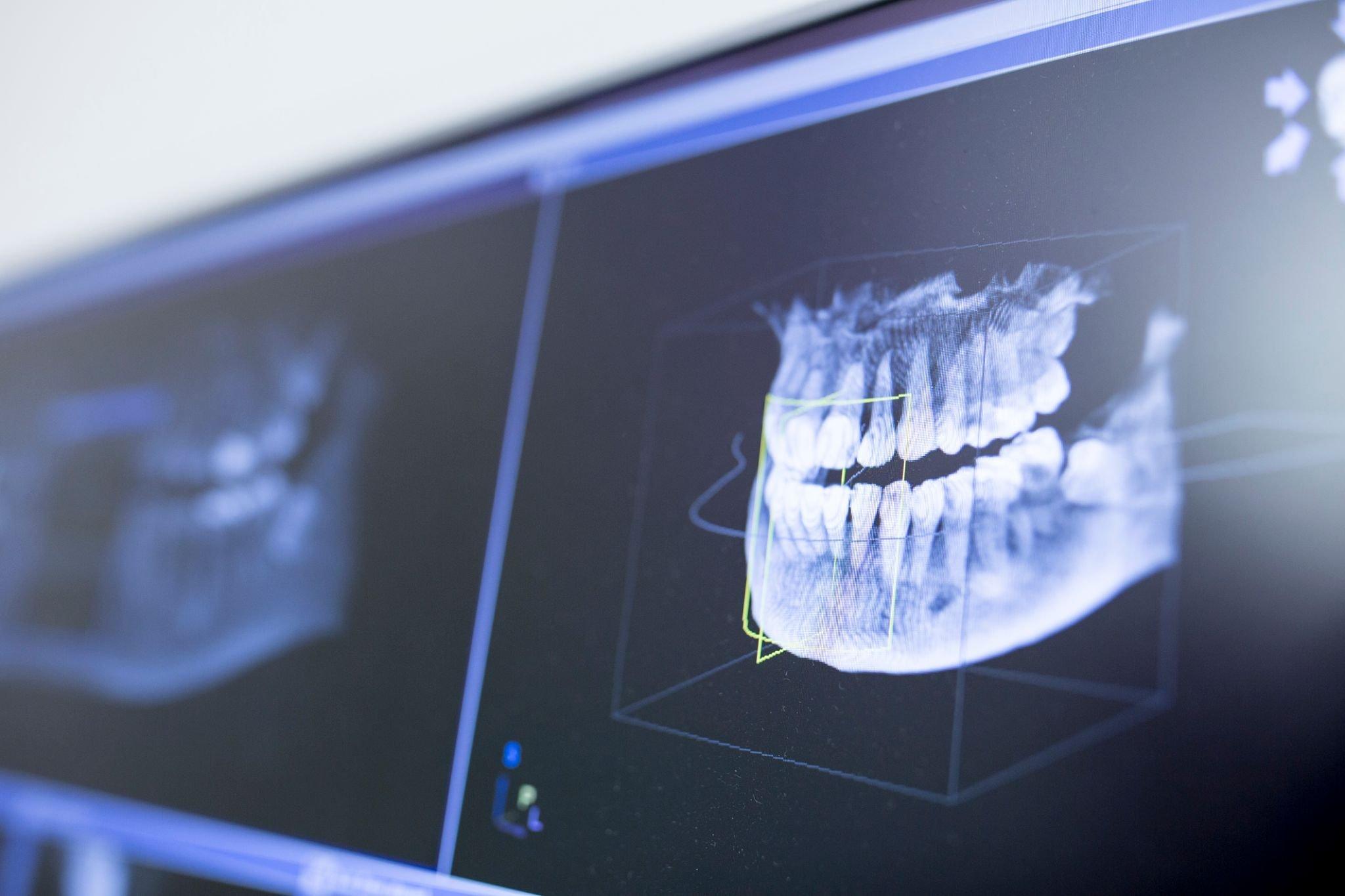
What Is Drawing Thousands of Americans to Los Algodones for Their Dental Care Needs?
Posted by on 2024-01-17
In the quaint Mexican border town of Los Algodones, a dental revolution is quietly unfolding. Dubbed Molar City, this small community has become an epicenter for American citizens seeking affordable and quality dental services. The sheer volume of dental clinics—reportedly more than 300 in a few blocks radius—is one telling sign of its unique industry.
One might ponder what drives thousands from the United States to traverse international borders for something as commonplace as dental care. The answer lies partly within the juxtaposition of exorbitant healthcare costs in their homeland against the remarkably reduced prices found in Los Algodones. It's not unusual to discover that procedures such as root canals, implants, or crowns are offered at a fraction, sometimes as low as 70% cheaper than stateside quotes.
Moreover, it's not solely about affordability; quality plays an equally pivotal role. Dentists in Los Algodones have earned reputations for following stringent standards often on par with American practices. Many hold qualifications from both Mexico and abroad, ensuring they meet diverse patient expectations and comply with international benchmarks.
Accessibility also factors into this burgeoning phenomenon. Unlike distant medical tourism destinations that require extensive travel plans, Los Algodones is conveniently situated just across the border from Yuma, Arizona—reachable by car or even on foot—making it particularly appealing for those living in southwestern states.
The result of these compelling incentives is a bustling hub where Americans mingle with local professionals amidst colorful storefronts promising transformative smiles without breaking the bank. This symbiotic relationship doesn't only benefit US residents but fuels the economy of this spirited Mexican town, creating jobs and supporting infrastructure development.
Los Algodones' rise as a dental haven exemplifies how global healthcare dynamics can shift based on regional cost disparities and accessibility concerns—a trend likely to continue as individuals increasingly seek alternative solutions to rising medical expenses at home.